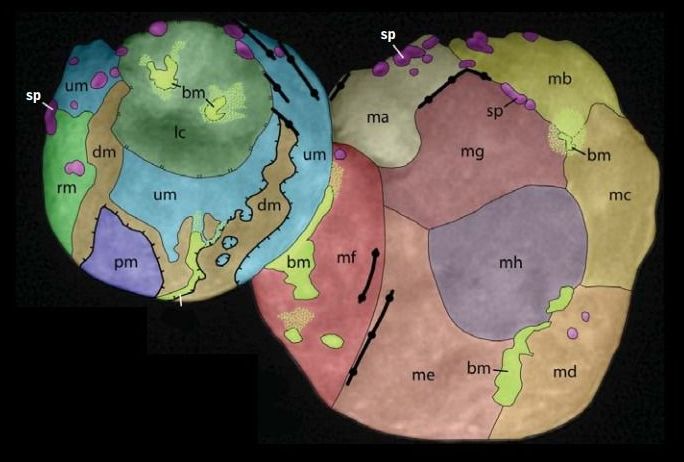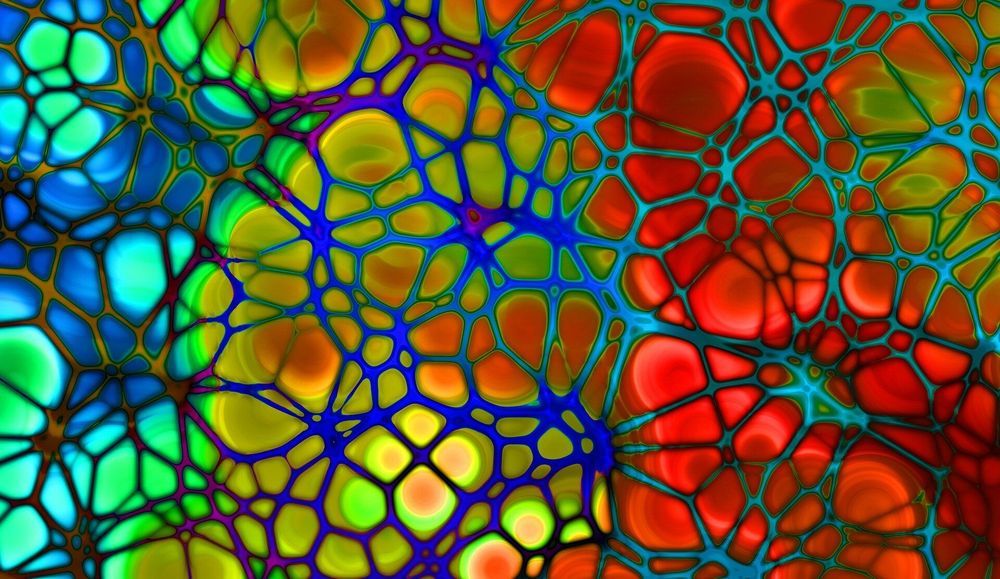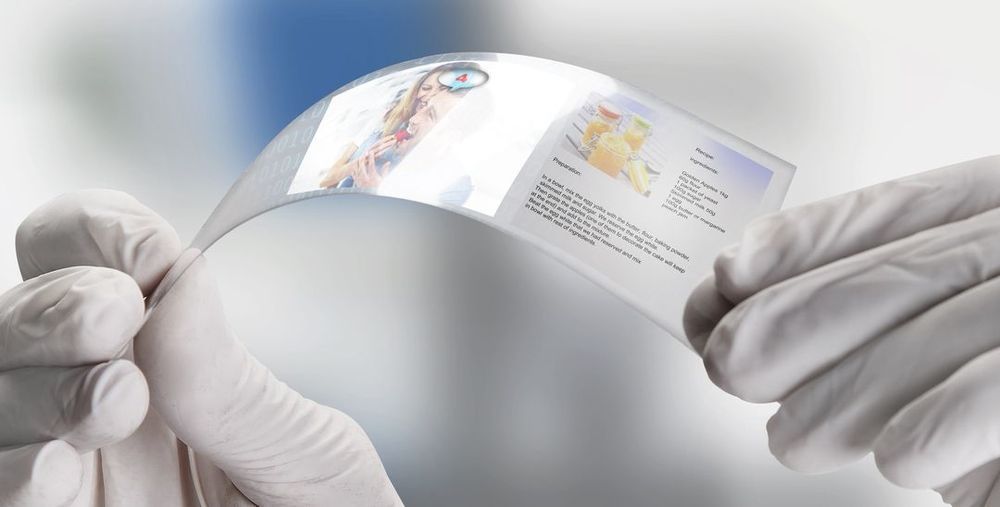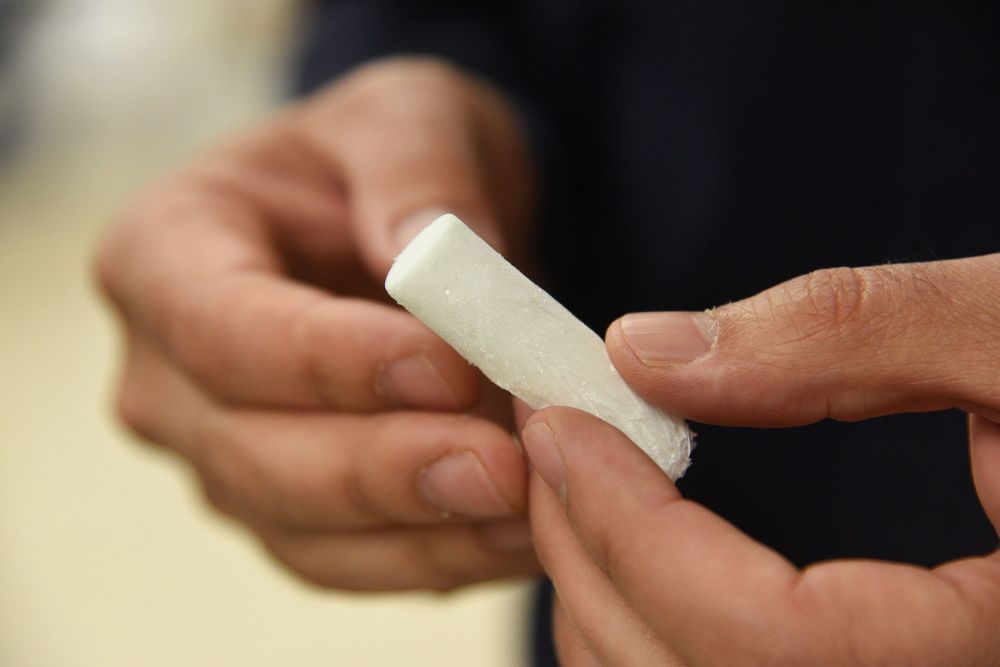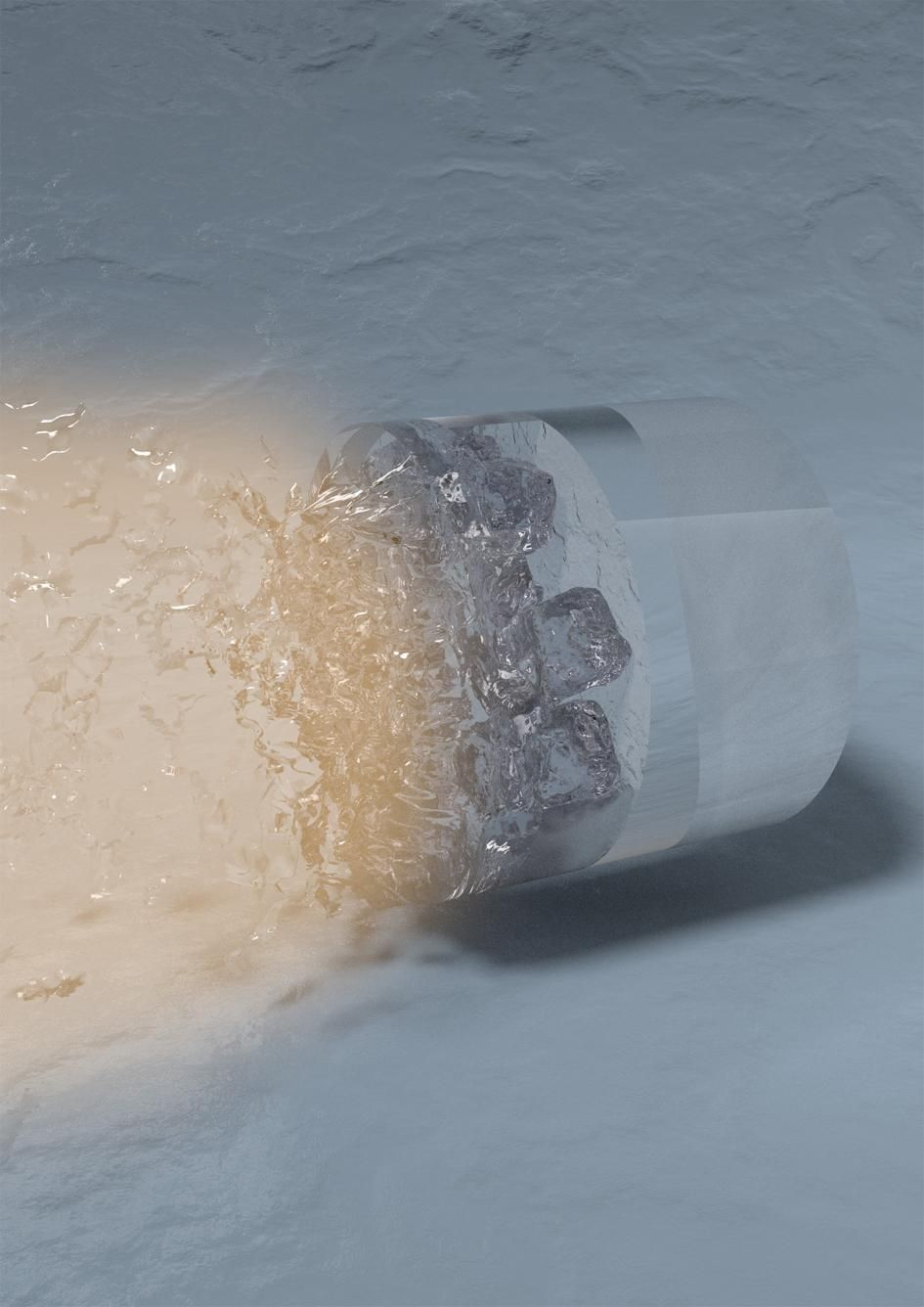May 16, 2019
New Horizons’ far-out findings from solar system’s Kuiper Belt turn into a cover story
Posted by Alberto Lao in categories: materials, space travel
The space snowman known as 2014 MU69 or Ultima Thule added to its celebrity today by showing up on the cover of the journal Science, with the first peer-reviewed results from an encounter with NASA’s New Horizons spacecraft laid out within.
Close study of the two-lobed object — which orbits 4 billion miles from the sun within a sparse belt of icy material known as the Kuiper Belt — could shed light on how the solar system was formed, said New Horizons principal investigator Alan Stern, a planetary scientist at the Southwest Research Institute.
“We’re looking into the well-preserved remnants of the ancient past,” Stern said in a news release. “There is no doubt that the discoveries made about Ultima Thule are going to advance theories of solar system formation.”
